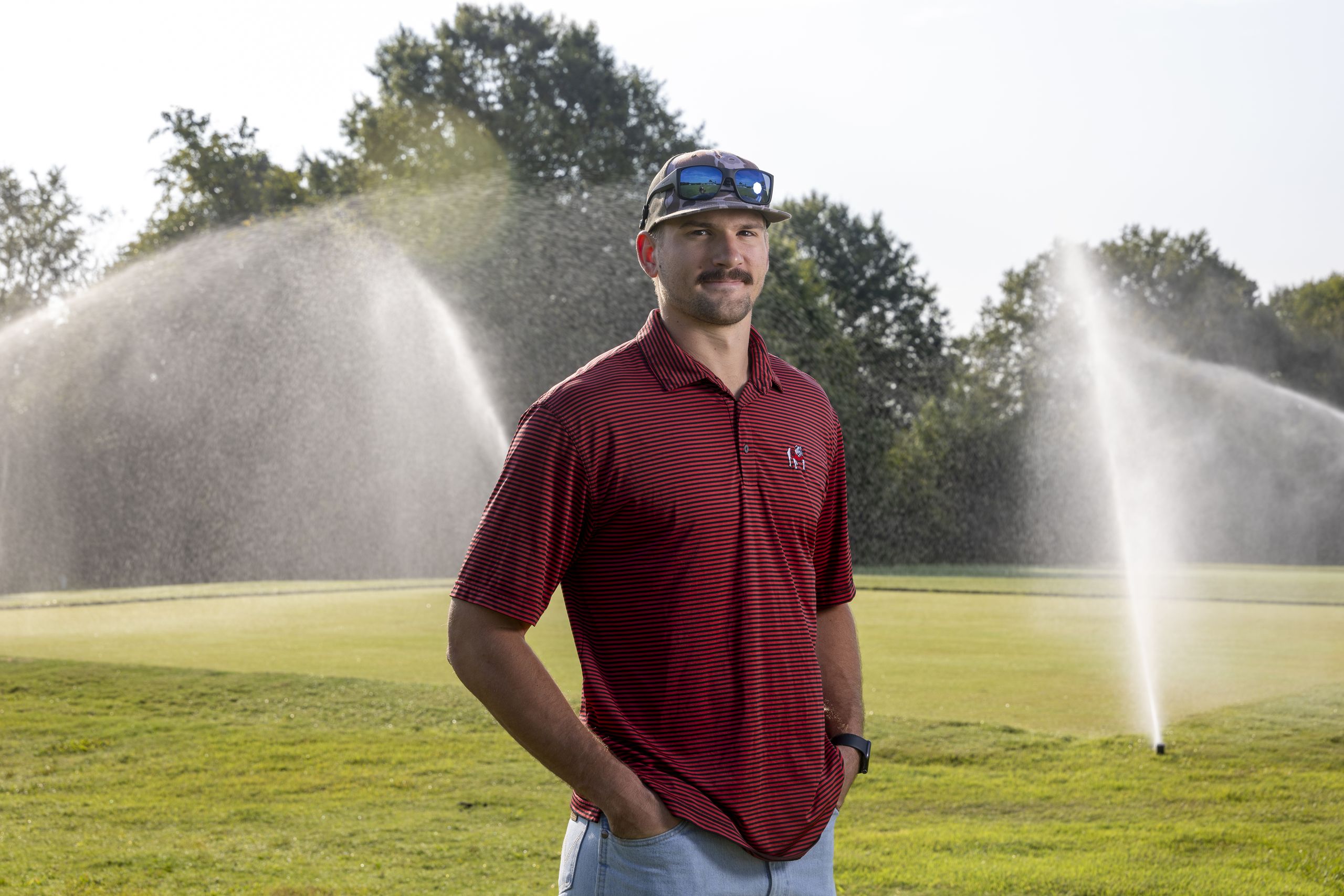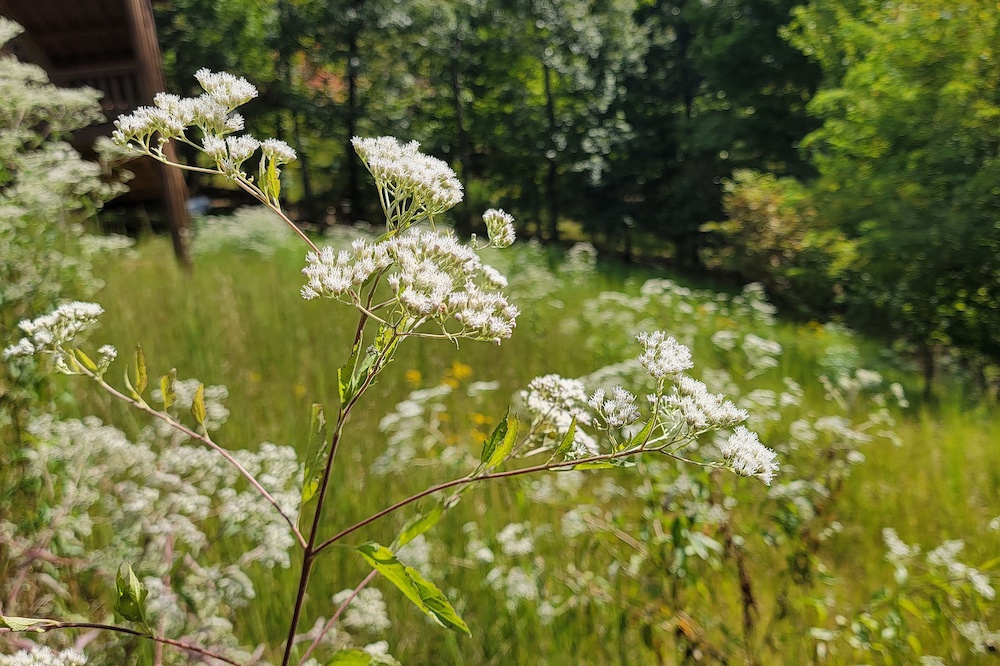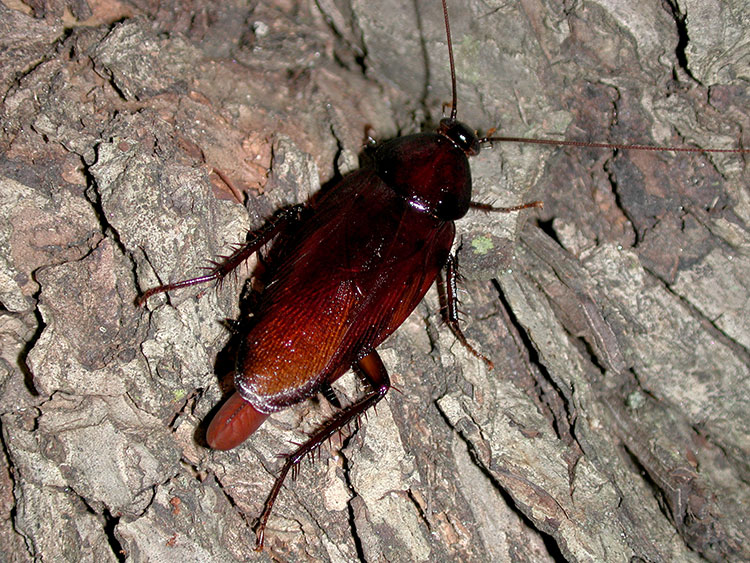Spring has arrived and plants are beginning to break dormancy, but your lawn may not be lush and green yet. If you have a centipedegrass lawn, do not be impatient and rush it to green-up.
Centipedegrass does not green-up as quickly as some other warm-season turfgrasses. Temperature and day length are the two factors that influence when centipedegrass comes out of dormancy and the rate at which the grass greens-up.
As a University of Georgia Cooperative Extension agent, I have looked at several lawns and spoken with many concerned homeowners over the past few weeks about the appearance and health of their centipedegrass.
How's your lawn look?
Does your lawn have dead spots or brown patches? This can be caused by a combination of excessive nitrogen applications, excessive thatch, winter injury, insects or disease.
Problems with centipedegrass lawns often develop three to five years after establishment. These problems can generally be related to mowing heights more than 2 inches high, annual nitrogen applications of more than 2 pounds per 1,000 square feet, or early spring or late fall fertilizations.
Excessive nitrogen applications during last year's growing season and/or fertilizer applications made too early in the spring make the grass more susceptible to winter injury. Lawns with excessive thatch are also more likely to have received winter injury because of the extra distance between the stolons and the soil surface.
Bugs or diseases could be the problem
Insects could also be the problem. Mole crickets and grubs can cause excessive root damage. If mole crickets are in your lawn, you probably have considerable root damage. At this time, only the adult stage of the mole cricket is active. The adult is hard to kill, and now is not the ideal or appropriate time to treat them. You may want to contact a landscape professional to make an application if they are causing excessive damage that cannot wait until June-- when young mole crickets are treated.
Disease is another factor that could be causing problems. Take-all patch and large patch are common problems noticed in centipedegrass. Some of the damage probably occurred last year. Proper identification of the disease (offered by your Extension agent) is needed, so control measures can be followed.
Centipedegrass is also susceptible to yellowing or iron chlorosis. The chlorosis may be caused by one or more of the following factors: 1) Excessive nitrogen or nitrogen applied during spring green-up; 2) High soil pH or phosphorus levels; or 3) Excessive thatch caused by over-fertilization, irrigation, or pesticide use or by mowing the lawn too high.
Iron chlorosis can be temporarily overcome by spraying 2 ounces of ferrous sulfate per 1,000 square feet or a chelated iron material according to label rates. An excessive application of iron will appear within a few hours as blackening of the leaf blades. The grass may take a few weeks to fully recover from such high rates of iron. The real solution is to determine and correct the cause of chlorosis.
Follow UGA's advice
Your lawn may be showing signs of a combination of the factors I have mentioned. Try not to get over anxious with fertilizer application this spring; be patient. Wait until your lawn is at 100 percent green-up and the soil temperatures have risen (usually late April/early May). If your turfgrass has disease issues, excess nitrogen and water may stimulate the progression of the disease.
Follow the management practices below to enhance the growth of your centipedegrass lawn.
- A fertilization program should be based on a soil test analysis (available through your county Extension office). Fertilize lawns after spring green-up and again in mid-summer. Do not exceed 2 pounds of nitrogen per 1,000 square feet per year.
- Mow your centipede lawn at a height of 1 to 1.5 inches. Try to avoid thatch buildup.
- Irrigate during periods of drought stress. Apply enough water to wet the soil to a depth of 6 to 8 inches.
- Identify insects and diagnose diseases; then treat accordingly.
For more information on caring for lawns in Georgia, see the UGA Extension turfgrass website at www.Georgiaturf.com.








